3 Reasons Golfers Have Low Back Pain
Let's face it. If you're a golfer of pretty much any age, you've probably had back pain at some point. Back pain in golf is usually pretty mild, but can be a real issue for many golfers. Golf is a demanding rotary sport and spine health is an important part of playing well. The good news is that there is a lot you can do to decrease back pain and improve your game. Keep reading for 3 reasons golfers have low back pain AND what to do about it.
Why Golfers Get Low Back Pain
If you ask the average person what should be done to help someone with low back pain, "core strength" will probably be part of the answer.
This isn't wrong, but it isn't enough on its own. You can have a brutally strong core, but if you don't have complete control over your lumbopelvic region (low back and pelvis combined), you're probably not golfing as efficiently as you can.
Core strength can be a big part of feeling good and playing well, but you have to know how to control your spine and pelvis to transfer energy well.
How To Improve Core Control for Golf
The following exercise improves the mobility of your spine and helps you learn to control both flexion (rounding) and extension (arching) of the spine. When in doubt, move slow and focus on feeling each segment of your spine move. This also feels really good if your back is sore or tight.
Low Back Mobility for Golfers
Another thing we like to see golfers work on is isolating low back/pelvis motion from the rest of the body. These two exercises will help you do this and have direct carry over to golf.
Shoulder and Hip Mobility Drills for Golf
Sequencing Drills for Golf
Hip Mobility for Golfers
Limited hip mobility can be one of the reasons golfers have low back pain.
Moving well through your hips is key to a fluid swing and avoiding pain. Here are some great hip mobility drills for all planes of motion.
Hip flexor tightness/stiffness is a common problem. This can limit low back motion and cause pain. Use the stretch below to combat this.
It's no secret that hip rotation is hugely important for golfers. Here's one of my favorite drills to work on this.
Shoulder and Hip Turn Drills for Golfers
Don't forget about side to side movement and adductor (groin) flexibility. This will help you get the most our of your backswing and follow through.
Shoulder Mobility and Back Pain in Golf
Lack of shoulder and thoracic spine (upper back) mobility is another common cause of low back pain in golfers.
To take a full swing, we need to elevate the golf club. If you don't have the upper body mobility to do this effectively, you probably compensate through your low back. This can put a lot of stress on the low back.
Here are a few drills to get to work on your shoulder and upper back mobility.
Shoulder Flexibility To Golf Better
First and foremost, we need to be able to elevate the shoulders. This is one of our favorite catch-all upper body mobilizations for golfers. If you want to be a big hitter, make sure you can get the club up high.
Shoulder external rotation is an under appreciated part of a good golf swing. Think about the position your trialing shoulder is when you finish your back swing. Your shoulder needs to rotate quite a bit to get into a good position at the top of the back swing.
If you can't do this, your shoulder external rotation probably needs work.
Just like hip rotation, thoracic rotation is very important. This drill is a go-to for us with our golfers.
Golf Physical Therapy In Lakeville, MA
There you have it, 3 reasons golfers have low back pain.
If you're a golfer dealing with low back pain, you're not alone! This is a very common problem but there are solutions. Take a look at the 3 areas we talked about in this blog and see where you need some work. The drills in this blog are a great place to start, but don't go it alone if you're still having pain.
Everybody swings differently and not all of these areas have the same importance for all golfers. However, they are a good place to start and tend to help quite a bit.
Contact us to get scheduled for a Titleist Performance Institute (TPI) movement assessment. This is specifically designed to identify the most important issues for golfers. Coupled with our expertise, this approach can get you feeling better and playing better fast.
Check out our other Orthopedic rehab service options.
If you're in the Lakeville area, check out these resources for great places to practice and learn.
The Broken Tee is a great indoor practice/simulator facility.
Gary Cardoza is an excellent instructor who we have worked with personally.
